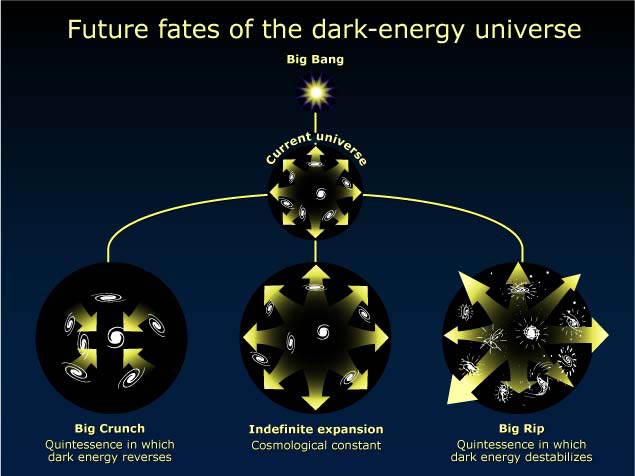

So instead of being positioned entirely at random, galaxies have a slight tendency to be spaced at regular intervals. And because sound needs an elastic medium to travel, the primordial sound waves were halted, imprinting an indelible pattern on the large-scale structure of the Universe. Because the resulting neutral atoms were transparent to radiation, letting photons whizz by them, the mixture was no longer elastic. After about 400,000 years, the Universe had cooled enough for ions to capture loose electrons. Small density anomalies (created by quantum fluctuations in the first 10−32 seconds of the life of the Universe) gave this cosmic bell a tap, sending sound waves rippling outwards. Shortly after the Big Bang, the Universe was filled with an elastic mixture of ions, electrons and radiation. So far, the most effective tool is based on cosmic sound waves. They have begun to look even more closely at how the Universe has expanded-some by refining the use of supernova standard candles, others by devising new cosmological tools. Now astronomers want to find out whether this enigmatic phenomenon changes across time. All we know is that it has the peculiar property of pushing outwards, unlike gravity, which was thought to be the dominant cosmic force.

That something, now known as dark energy, is shrouded in mystery. Their conclusion: something seems to be overpowering the attraction of gravity. Combining these observations allows astronomers to determine the expansion of the Universe over time-that is how both teams discovered that the speed of expansion is not slowing, but accelerating.


This is the amount by which the wavelength of light has been stretched out since it was emitted, which reveals the degree by which space has expanded. This type of cosmological probe is called a standard candle.Īstronomers also measure each supernova's redshift. So by counting how many days a type Ia takes to fade, you can work out how much light the explosion emitted then, by measuring its apparent brightness at Earth, you can calculate how far away the supernova really is and how long the light has been travelling. The intrinsic brightness of a type Ia is fixed by how fast its light fades-brighter ones burn more briefly. They had been searching for stellar explosions of a particular type-type Ia supernovae, which occur when white-dwarf stars undergo a runaway nuclear reaction. In 1998, two teams found quite the opposite. Scientists have known since the late 1920s that the Universe is expanding, but it was assumed that expansion must be slowing down, as the force of gravity between galaxies and other matter puts on the brakes. Unlike the search for dark matter, this quest is a young one.


 0 kommentar(er)
0 kommentar(er)
